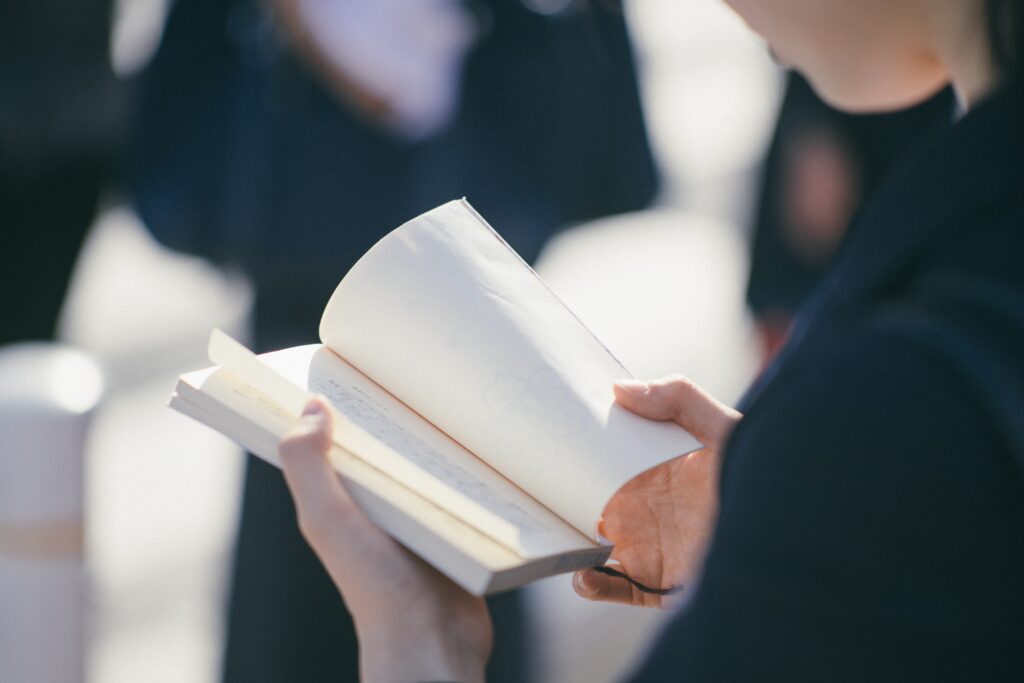
Japanese Short Stories: 17 Captivating Stories and Collections To Read in 2024
Do you sometimes find yourself daydreaming about visiting Japan?
I know I do, but since travel isn’t always possible, watching Japanese films, and especially reading Japanese books is the next best thing.
So maybe it’s time to swap your usual books for some authentic Japanese short stories.
Here are 17 well-known Japanese short stories (and short story collections) to add some fun to your bookshelf!
Contents
- 1. “After the Quake” by Haruki Murakami
- 2. “Teach Us To Outgrow Our Madness” by Kenzaburō Ōe
- 3. “Japanese Tales of Mystery and Imagination” by Edogawa Ranpo
- 4. “A Treasury of Japanese Folktales” by Yuri Yasuda
- 5. “Buying Mittens” by Nankichi Niimi
- 6. “Koizumi Yakumo Complete Works” by Koizumi Yakumo
- 7. “Ichiyo Higuchi Complete Works” by Ichiyo Higuchi
- 8. “Shinichi Hoshi Short Short Selection” by Shinichi Hoshi
- 9. “Palm-of-the-Hand Stories” by Yasunari Kawabata
- 10. “Lizard” by Banana Yoshimoto
- 11. “Blind Willow, Sleeping Woman” by Haruki Murakami
- 12. “The Elephant Vanishes” by Haruki Murakami
- 13. “The Cat That Lived a Million Times” by Yoko Sano
- 14. “Breaking into Japanese Literature” translated by Giles Murray
- 15. “Exploring Japanese Literature” translated by Giles Murray
- 16. “Short Stories in Japanese” translated by Michael Emmerich
- 17. “Read Real Japanese Fiction” translated by Michael Emmerich
- Bonus Resources: Online Databases
- And One More Thing...
Download: This blog post is available as a convenient and portable PDF that you can take anywhere. Click here to get a copy. (Download)
1. “After the Quake” by Haruki Murakami
Japanese title: 地震後
Murakami is undoubtedly Japan’s most famous contemporary writer. He has sold millions of copies of his work, which has been translated into 50 languages. So what if you read it in the original Japanese?
This collection of short stories is focused on the 1995 Kobe earthquake. It contains six short stories centered around people who, while not directly affected by the physical devastation of the quake, find their lives forever changed in its aftermath.
One of the most well known stories from this book is “All God’s Children Can Dance,” which focuses on a young man named Yoshiya who follows a man he thinks may be his father to a baseball field. The man disappears, but Yoshiya still manages to have a joyous epiphany.
If you’re interested in an English language film version of this story, check out the trailer here.
2. “Teach Us To Outgrow Our Madness” by Kenzaburō Ōe
The works in this collection display Kenzaburō Ōe’s distinctly Japanese vision. As some background, the author was just ten when he first saw American military Jeeps arrive into the mountain village where he lived, and his literary work deals with the tension and ambiguity forged by this first otherworldly encounter at the end of World War II.
The earliest story included here, “Prize Stock,” reveals the strange relationship between a Japanese boy and a captured black American pilot in a Japanese village.
The collection also includes the short story, “Aghwee the Sky Monster,” an enchanting tale about a young man suffering from blindness caused by being attacked by a gang of children. As he deals with the trauma, he starts his first job, working for a rich banker’s son, who is also haunted by something: the ghost of a baby.
3. “Japanese Tales of Mystery and Imagination” by Edogawa Ranpo
Japanese title: 日本昔話の宝庫
Japan’s premiere mystery writer, Edogawa Ranpo, knows how to thrill and make the hairs on your arm stand on end. This collection, an homage to Ranpo’s literary hero Edgar Allan Poe, features blood curdling, bizarre, fantastic, and just plain scary stories that will be a pleasure to read for horror fans.
One of the most well known of the collection, the short story “The Human Chair” tells the tale of a writer who sits down to read her fan letters one afternoon. What she finds is a detailed confession letter from a man who manages to fool wealthy women into sitting on him, transforming himself into a human chair. Truly creepy stuff!
4. “A Treasury of Japanese Folktales” by Yuri Yasuda
Japanese title: 日本昔話の宝庫
This beautifully illustrated book features a collection of traditional Japanese folktales and fairy tales. These stories are excellent for language learners to read because they convey traditional culture and values shown through the stories’ morals. The stories are presented in both English and Japanese, so when you’re struggling with a word or concept, you can easily find the translated version.
The book includes the most well known Japanese folktales, stories that have been told to generation after generation of Japanese children.
The book includes legends such as Kintaro, who rides a turtle, a tea kettle that’s actually a badger in disguise, the underwater palace of the Dragon Princess, Peach Boy and more.
5. “Buying Mittens” by Nankichi Niimi
Japanese title: ミトンを買う

Nankichi Niimi’s well known story “Buying Mittens” is written for children, which is perfect for beginners who have just started to learn Japanese. The enchanting story has a simple plot: a young fluffy white winter fox goes into town to buy a pair of mittens to keep his paws warm.
The story starts with the year’s first snowfall, an event that is always celebrated in nature loving Japan. Once the little fox sets off on his journey to town, he has to learn to deal with humans. Through this experience, he learns that people are a lot more complicated than he thought.
Nevertheless, the little fox gets his warm woolen mittens and all is well. This happy ending feels very Japanese—joyous but tinged with nostalgia.
6. “Koizumi Yakumo Complete Works” by Koizumi Yakumo
Japanese title: 小泉 八雲 全集
A truly fascinating character, the author of this short story collection wasn’t actually Japanese, but many didn’t know this at the time.
The author was actually born in Greece as Lafcadio Hearn. After traveling all around the world looking for a place that truly suited him, he settled in Japan in 1890, taking the Japanese name Koizumi Yakumo.
After studying the language for many years, he became totally fluent in Japanese. With his hard won language abilities, he located and wrote down many famous Japanese stories. His taste tended toward the paranormal, so it’s ghost stories, scary tales, and paranormal legends that he wrote, all now part of his complete works.
This collection is perfect for Japanese learners who have an interest in ghosts and the paranormal.
7. “Ichiyo Higuchi Complete Works” by Ichiyo Higuchi
Japanese title: 樋口一葉 全集
Though she only lived to the age of 24, Ichiyo Higuchi wrote a number of short stories that have become well loved by Japanese people. In fact, she’s so well respected that she appears on Japan’s 5,000 yen bill.
Her stories were written during the Meiji era, so readers should expect to encounter some archaic and old fashioned Japanese, which would certainly be a challenge for beginners or those limited with vocabulary. Because of this, you may want to start with something easier if you’re a beginner.
Nevertheless, this story collection is a good challenge for more advanced readers, or those who want to progress onto reading longer classical Japanese texts in their original forms. The great part about reading historical texts like this is that you’re not only learning the language, you’re learning history, too.
8. “Shinichi Hoshi Short Short Selection” by Shinichi Hoshi
Japanese title: 星新一ショートショートセレクション

As the title hints at, Shinichi Hoshi, a very prolific and well known Japanese author, is famous for stories that are just a few pages long. In fact, he’s written over 1,000 short stories in total.
The author likes to think of these stories like haiku, that distinctly Japanese three-line poetry style. The main difference between haiku and Hoshi’s stories are the themes and topics: science fiction is the focus here, so fans of sci-fi will certainly find some awe inspiring and creative ideas in this collection.
Expect to find robots, demons, and travels to outer space in this far out 20th century collection.
9. “Palm-of-the-Hand Stories” by Yasunari Kawabata
Japanese title: 掌の小説
Best known as the first Japanese writer to win the Nobel Prize in Literature in 1968, Osaka born Yasunari Kawabata is a prolific novelist and short story writer with a proclivity for heartbreaking and poetic imagery.
This collection features 146 of his novellas and short stories, spanning the time frame from the 1920s up to the 1970s. With a style described as “haiku-eque,” Kawabata explores themes of ambiguity, emotional complexity, epiphanies and transformations and of course, nature, a perennial Japanese favorite topic.
This spare, lyrical collection features the well known short story “The Dancing Girl of Izu,” which tells the story of a melancholy student who sees a dancing girl, much improving his spirits.
10. “Lizard” by Banana Yoshimoto
Japanese title:とかげ
One of Japan’s most famous contemporary female writers, Banana Yoshimoto (which is her pen name; her real name is Mahoko) has been lauded countless times for her portrayal of eccentric, albeit relatable, characters. This popular short story collection, also available in English, can be a good option for comparison when you run into difficulty with understanding a word or sentence.
Yoshimoto has published a mixture of novels, short stories and essays, and is most well known internationally for her debut story, “Kitchen,” also available in English, for which she won the 6th Kaien Newcomer Writers Prize in 1987.
This collection is good for Japanese learners who want to read a contemporary female point of view. Since Yoshimoto was born in the 1960s, she’s witnessed the formation of modern Japan in her lifetime.
11. “Blind Willow, Sleeping Woman” by Haruki Murakami
This second collection by Haruki Murakami is also very well known around the world, because Murakami is Japan’s most famous contemporary writer today.
This collection of 24 related short stories, written between 1980 and 2005, and all originally published in Japanese magazines and collections. The collection enlists the author’s typical magical realism and often bizarre style fused with surreal, dreamlike storytelling.
Murakami writes in the introduction to this collection: “I find writing novels a challenge, writing stories a joy. If writing novels is like planting a forest, then writing short stories is more like planting a garden.”
Interestingly, this collection actually originated as an English-only collection before being “reverse-imported” into Japanese.
12. “The Elephant Vanishes” by Haruki Murakami
Japanese title: 象の消滅
One more story collection by Haruki Murakami truly deserves a place on this list. This collection, written between 1980 and 1991, features 17 short stories which were, like “Blind Willow, Sleeping Woman,” also previously published in Japanese magazines and collections.
Thematically, this collection shows another side of Murakami’s literary obsession. Loneliness, loss, destruction, confusion and loneliness are highlighted here, which will give Japanese language learners accurate insight into the melancholy present in Japanese culture. The collection also leans heavily into surrealism, a trademark style for the author.
Interestingly, the collection’s story, “The Wind-up Bird and Tuesday’s Women,” was the original seed for the popular novel “The Wind-up Bird Chronicle,” which was published in 1995.
This collection is also available in English here.
13. “The Cat That Lived a Million Times” by Yoko Sano
Japanese title: 100万回生きた猫
Yoko Sano’s book for children is that rare work that can be enjoyed by all generations alike, and who doesn’t love cats?
In this tale, a cat with more than nine lives is reborn over and over, living again and again with owners he dislikes. The cycle seems endless until one day, he gains an understanding of identity through experience.
The central metaphor of the story is about reincarnation and attaining enlightenment, much like devout Buddhists and Shinto followers do. Since Buddhism is Japan’s majority religion, and there are Shinto shrines peppered everywhere around the country, this story gives readers some real insights into the country’s spirituality. But it’s also quite a fun read.
14. “Breaking into Japanese Literature” translated by Giles Murray
Finally, a collection of stories chosen and laid out specifically for the Japanese language learner. This well done collection, translated by Giles Murray, who’s famous for his Japanese translation work, is a fascinating and satisfyingly cohesive read.
The book offers bilingual versions of Ryunosuke Akutagawa’s most iconic pieces, “Rashōmon” and “In a Grove,” as well as four sections of Sōseki Natsume’s “Ten Nights of Dreams.”
The Japanese is accompanied by comprehensive, same-page dictionaries and uses on-paragraph numbering for quick referencing. The book is also divided into sections depending on your reading ability.
A bonus after reading “Rashōmon” would be to watch the well known Akira Kurasawa-directed masterpiece 1950 film afterward.
15. “Exploring Japanese Literature” translated by Giles Murray
In the same vein as Giles Murray’s previous book, this collection compiled especially for Japanese language learners and Japan aficionados offers an easy-to-follow collection of truly classic Japanese tales. Each one is chosen to provide insight into Japanese culture, customs, and traditions, while giving readers insight into the Japanese mind.
While its most notable addition is Yukio Mishima’s “Patriotism,” the book also contains Jun’ichirō Tanizaki’s “The Secret” and an excerpt of Yasunari Kawabata’s novel and masterwork, “Snow Country,” all major not-to-be-missed Japanese works of literature.
Although not categorized by reading levels, the stories are longer and generally more challenging than those in “Breaking into Japanese Literature,” so use caution with this one if you’re intermediate level on or below on your Japanese language journey.
16. “Short Stories in Japanese” translated by Michael Emmerich
This 272-page compendium consists of a variety of short stories by both well-known and emerging contemporary Japanese writers, with its most famous contributors being Haruki Murakami and Banana Yoshimoto, both of which are included earlier in this list.
Perhaps the most challenging on this list, this collection features a simplistic and authentic-feeling layout: the Japanese is printed vertically, and all notes can be found in the back of the book rather than below the text. This helps advanced readers not rely too much on the English version, but it can be time consuming to hunt for a translated version if you’re intermediate or below.
Nevertheless, the stories here are well chosen and perfectly capture the spirit of Japan past and present.
17. “Read Real Japanese Fiction” translated by Michael Emmerich
Another rock solid option for those looking to catch up on acclaimed modern short stories, with accurate and excellent translations included, is this collection, translated by well known Japanese scholar Michael Emmerich.
The cover has a painting of an adorably devious child entitled “Knife in Back” by contemporary artist Yoshitomi Nara, but don’t let that fool you into thinking this volume is for children.
The collection is structurally similar to “Short Stories in Japanese” and features a fascinatingly versatile array of genres, from horror to drama. Additionally, three of the six writers spotlighted are women: Banana Yoshimoto, Hiromi Kawakami and Yoko Tawada.
Bonus Resources: Online Databases
Many online databases and digital libraries offer unlimited access to dozens, and sometimes hundreds, of well known short stories in the original Japanese.
- Japanese Text InitiativeA digital library sponsored by the University of Virginia and the University of Pittsburgh, the Japanese Text Initiative is an excellent resource for classical Japanese works of fiction.
The site includes full-text versions (with or without furigana) of dozens of Japanese writers’ works, from poetry to short stories to essays. Some notable writers are Ryunosuke Akutagawa and Sōseki Natsume. Oh, and Bashō Matsuo for those into poetry, too.
- AozoraAzora is an enormous database with a rich supply of famous Japanese short stories. Everything on the website—including the names, titles and search results—is in 日本語 (Japanese)—so be prepared to immerse yourself entirely in the language before proceeding.
- The Japan P.E.N. Club Digital Library
This digital library is a sprawling database containing a plethora of literature, including nonfiction and poetry. You can find excerpts of novels (which can be treated as short stories if you’re practicing for novels in the long run) and novellas/short stories by clicking on the novel link.
Famous writers included on this site are Yukio Mishima, Sōseki Natsume and Jun’ichirō Tanizaki. I recommend a brilliant piece of short fiction called “One Arm” by Yasunari Kawabata.
A great way to supplement your Japanese reading (or help ease you into it) is by watching Japanese videos and reading along with the subtitles.
You can find plenty of videos on YouTube, or else you could try the language learning program FluentU.
FluentU takes authentic videos—like music videos, movie trailers, news and inspiring talks—and turns them into personalized language learning lessons.
You can try FluentU for free for 2 weeks. Check out the website or download the iOS app or Android app.
P.S. Click here to take advantage of our current sale! (Expires at the end of this month.)

Sayonara for now!
Take it from me: Nothing beats repetitive kanji drills like curling up with a good short story, so click the links, consider buying a collection or two, and get into reading.
You may just gain some cultural insights on Japan while you brush up your vocabulary and grammar as a bonus!
Download: This blog post is available as a convenient and portable PDF that you can take anywhere. Click here to get a copy. (Download)
And One More Thing...
If you love learning Japanese with authentic materials, then I should also tell you more about FluentU.
FluentU naturally and gradually eases you into learning Japanese language and culture. You'll learn real Japanese as it's spoken in real life.
FluentU has a broad range of contemporary videos as you'll see below:
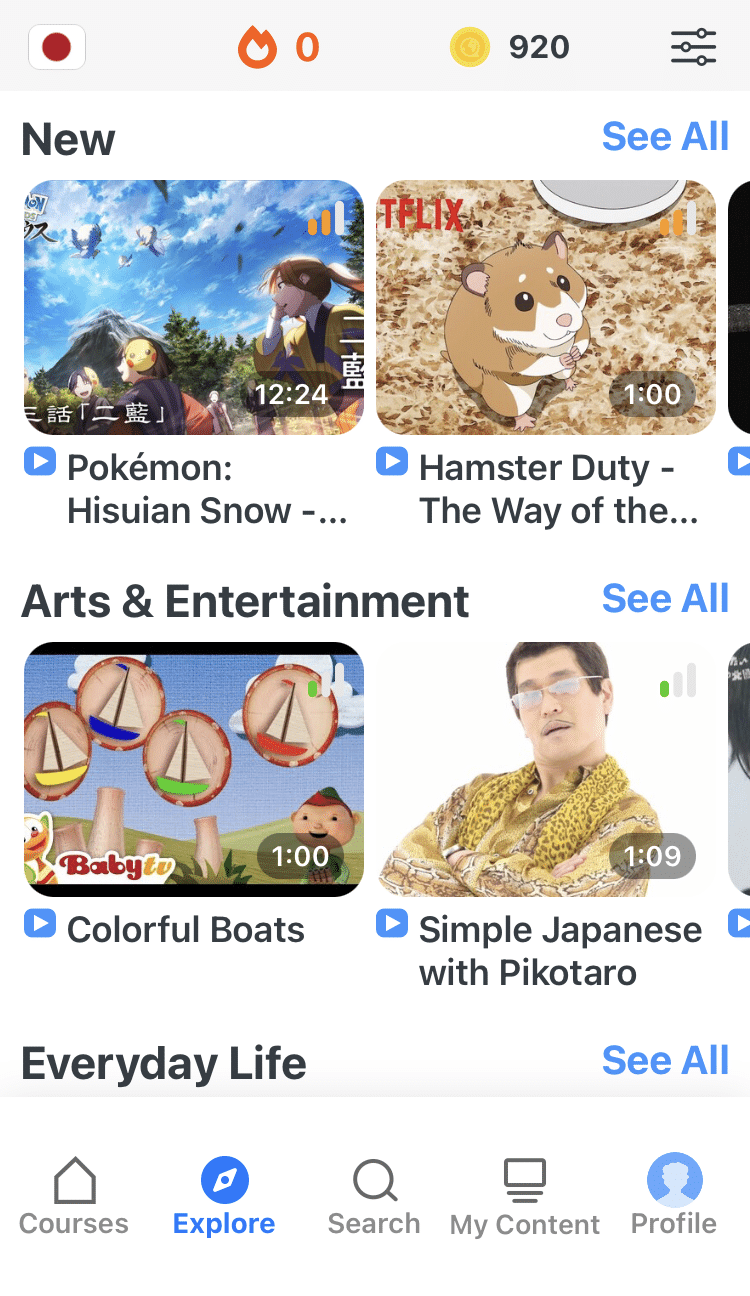
FluentU makes these native Japanese videos approachable through interactive transcripts. Tap on any word to look it up instantly.
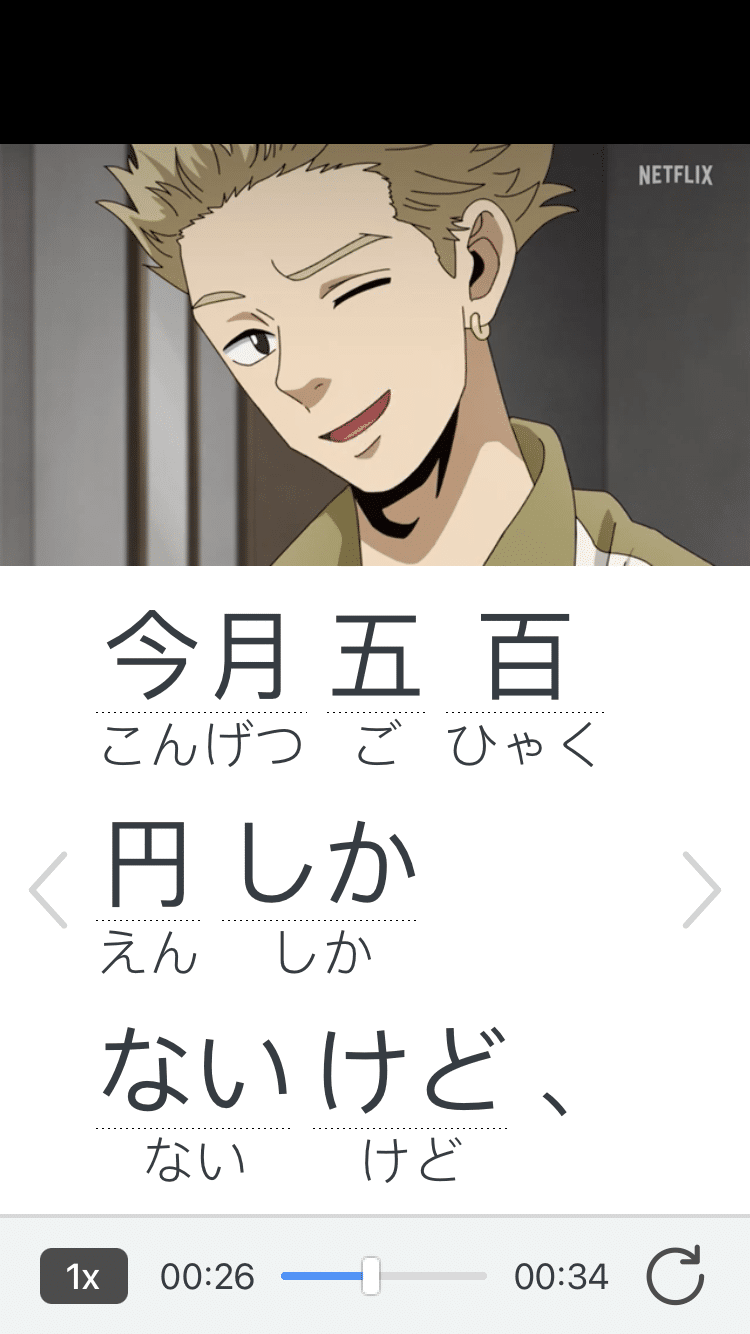
All definitions have multiple examples, and they're written for Japanese learners like you. Tap to add words you'd like to review to a vocab list.
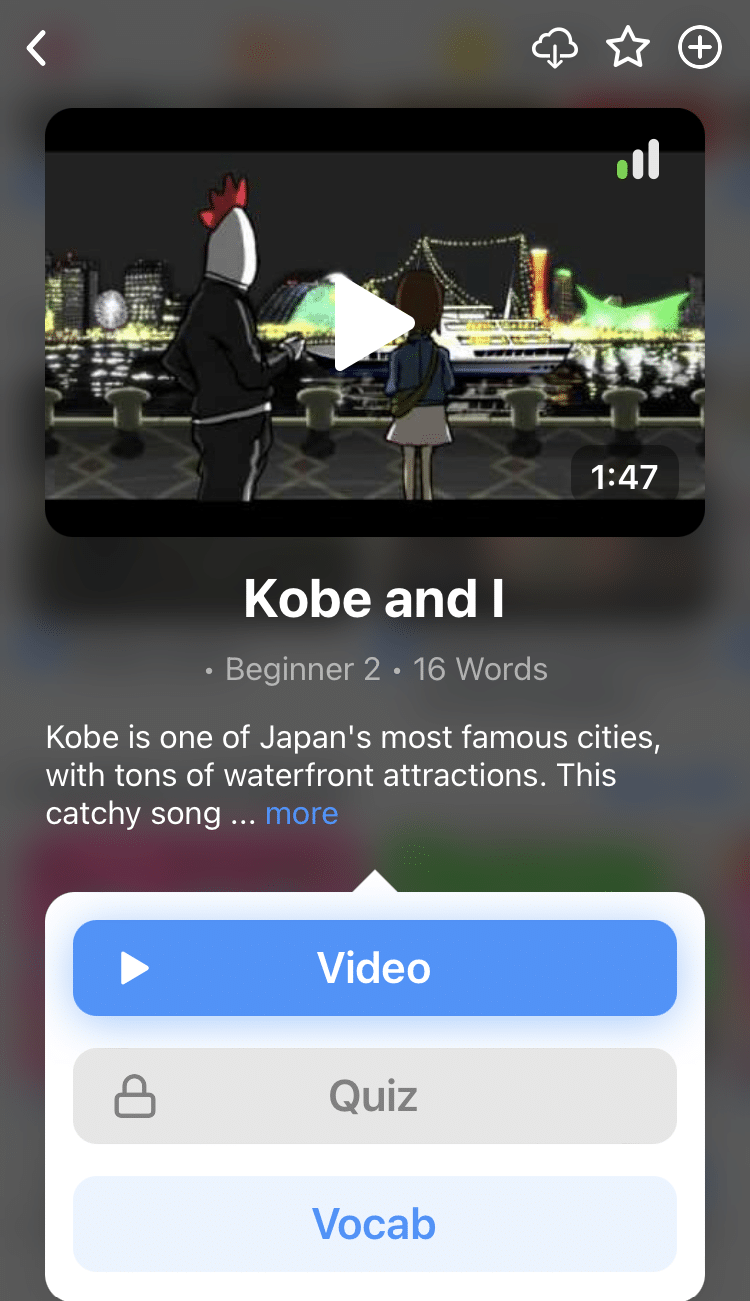
And FluentU has a learn mode which turns every video into a language learning lesson. You can always swipe left or right to see more examples.
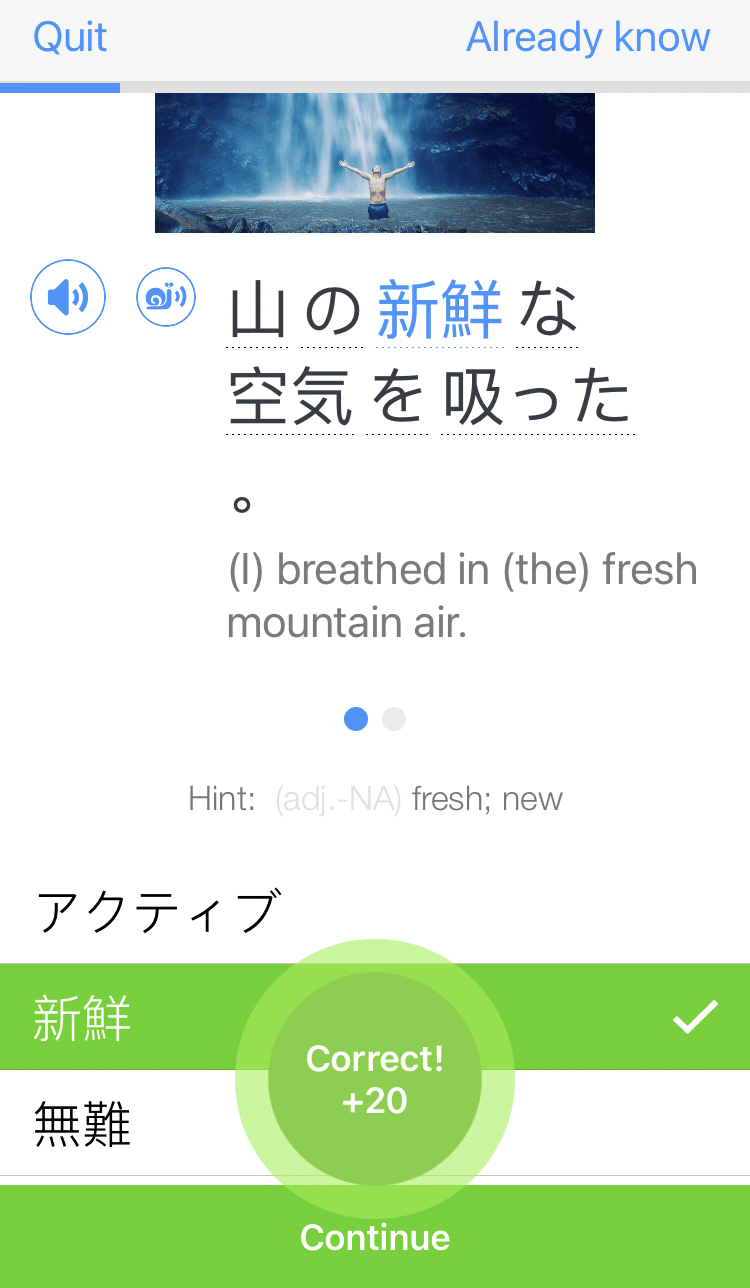
The best part? FluentU keeps track of your vocabulary, and gives you extra practice with difficult words. It'll even remind you when it’s time to review what you’ve learned. You'll have a 100% personalized experience.
Start using the FluentU website on your computer or tablet or, better yet, download the FluentU app from the iTunes or Google Play store. Click here to take advantage of our current sale! (Expires at the end of this month.)







![Lizard [Japanese Edition] Lizard [Japanese Edition]](https://m.media-amazon.com/images/I/51CV1ASNYFL._SL500_.jpg)









